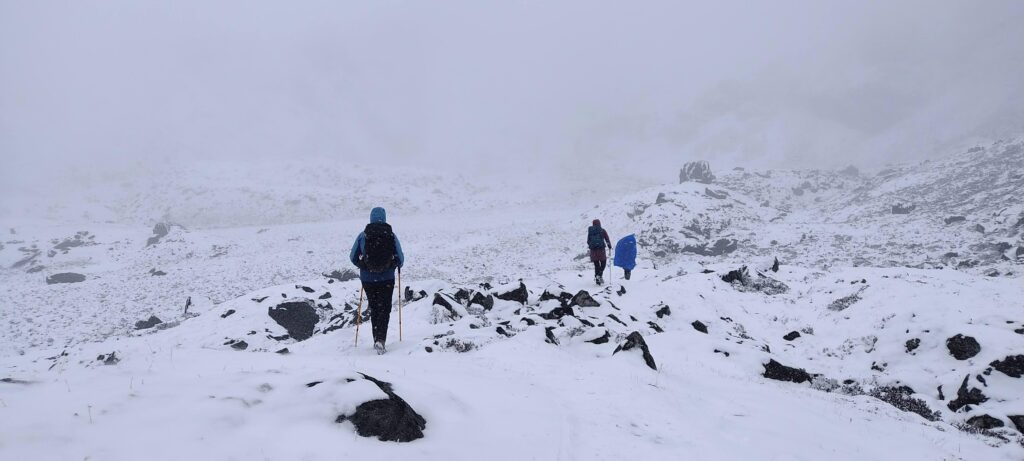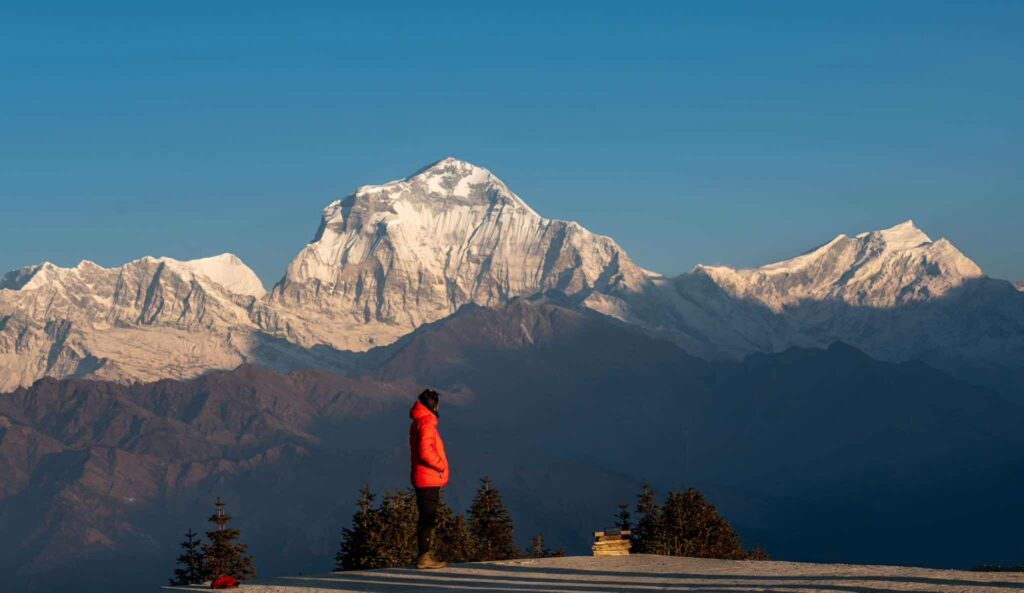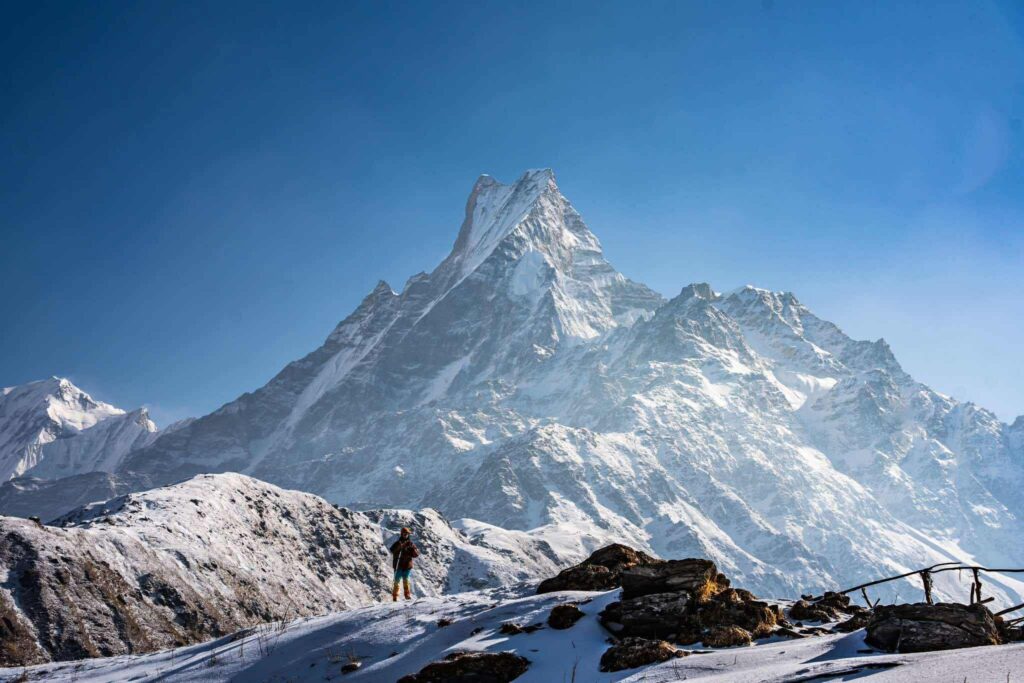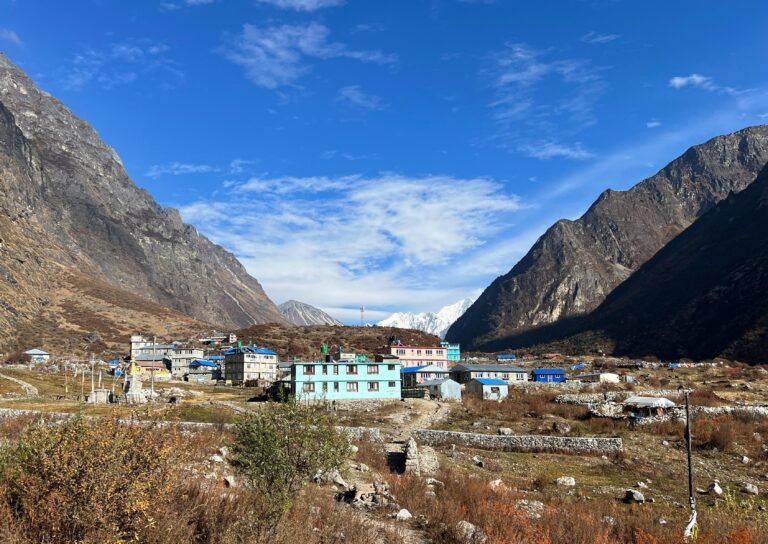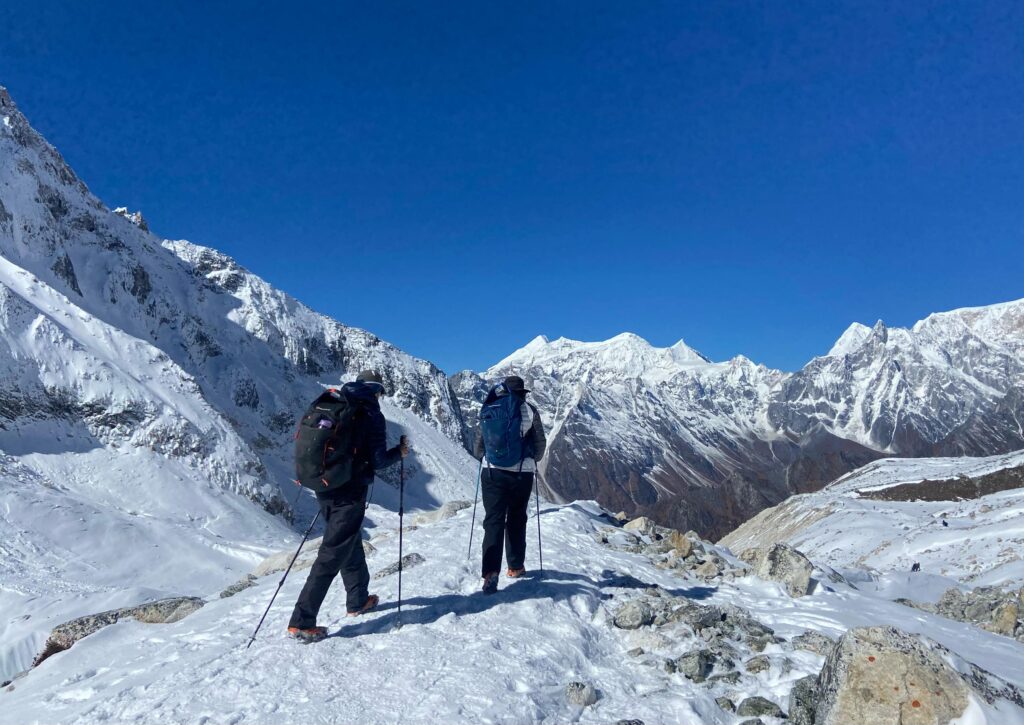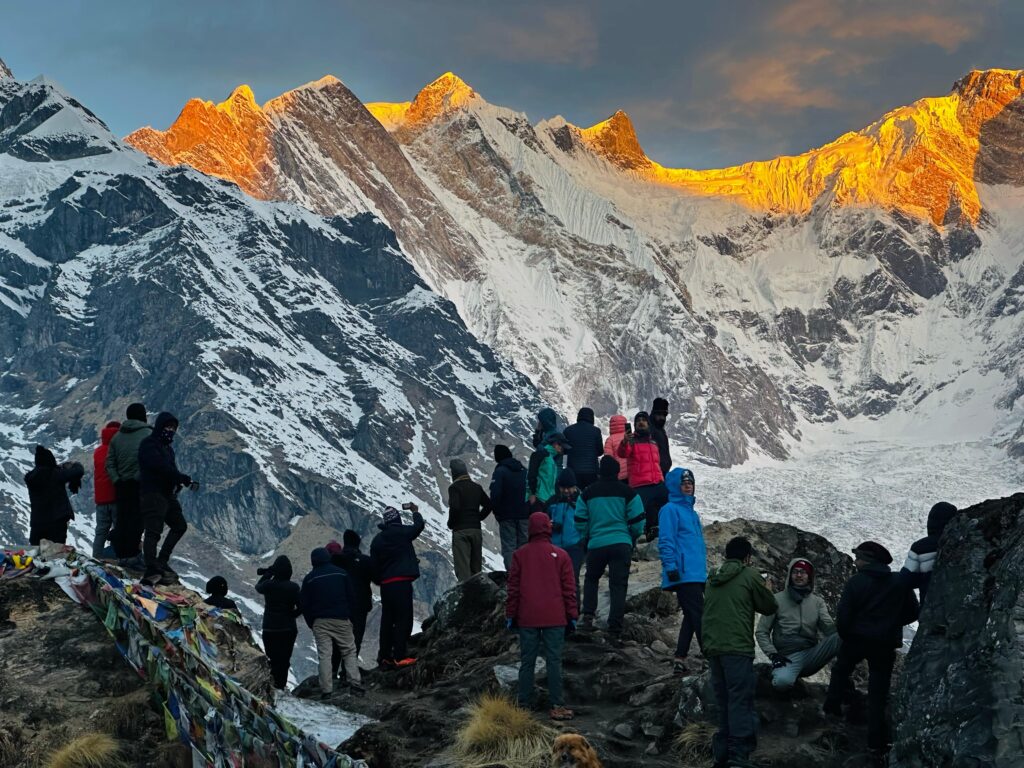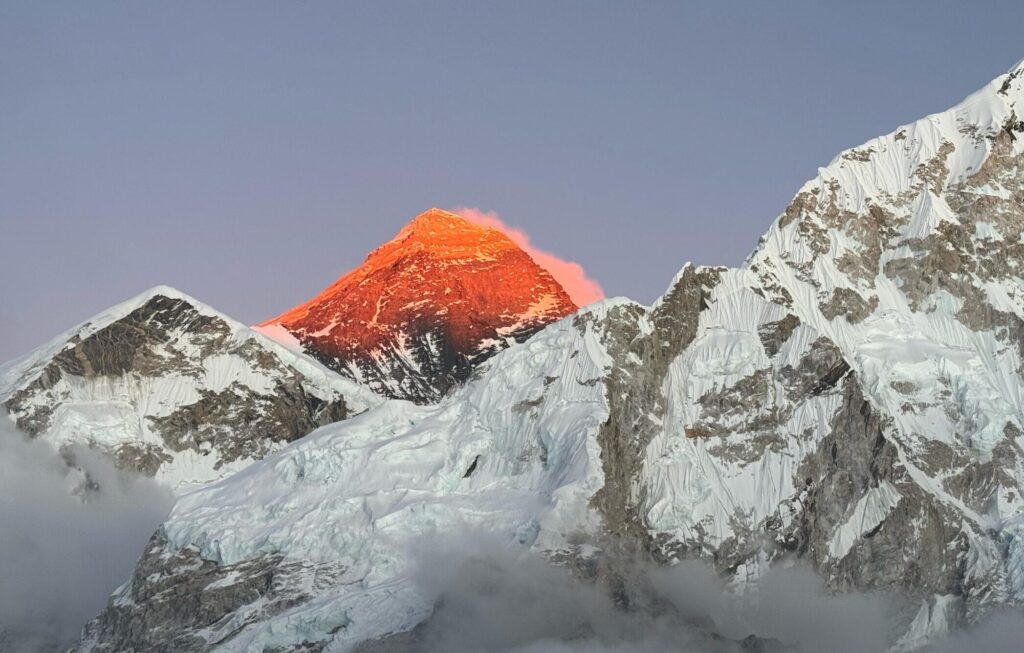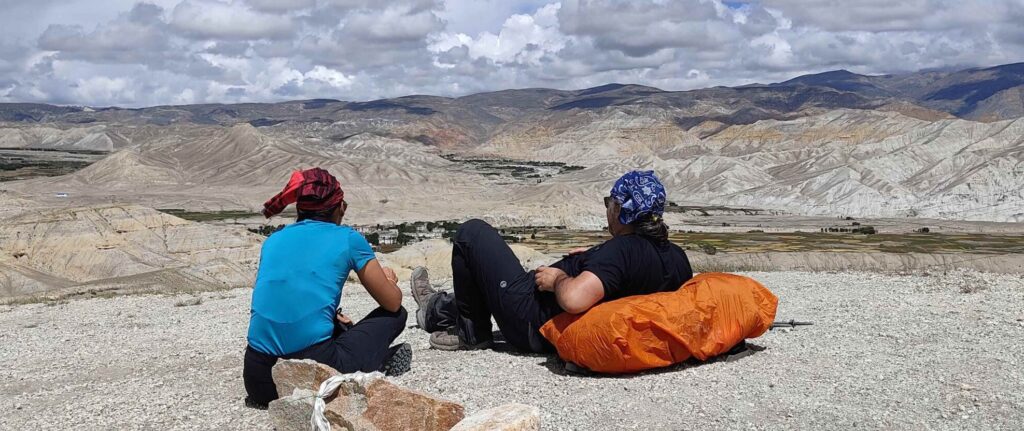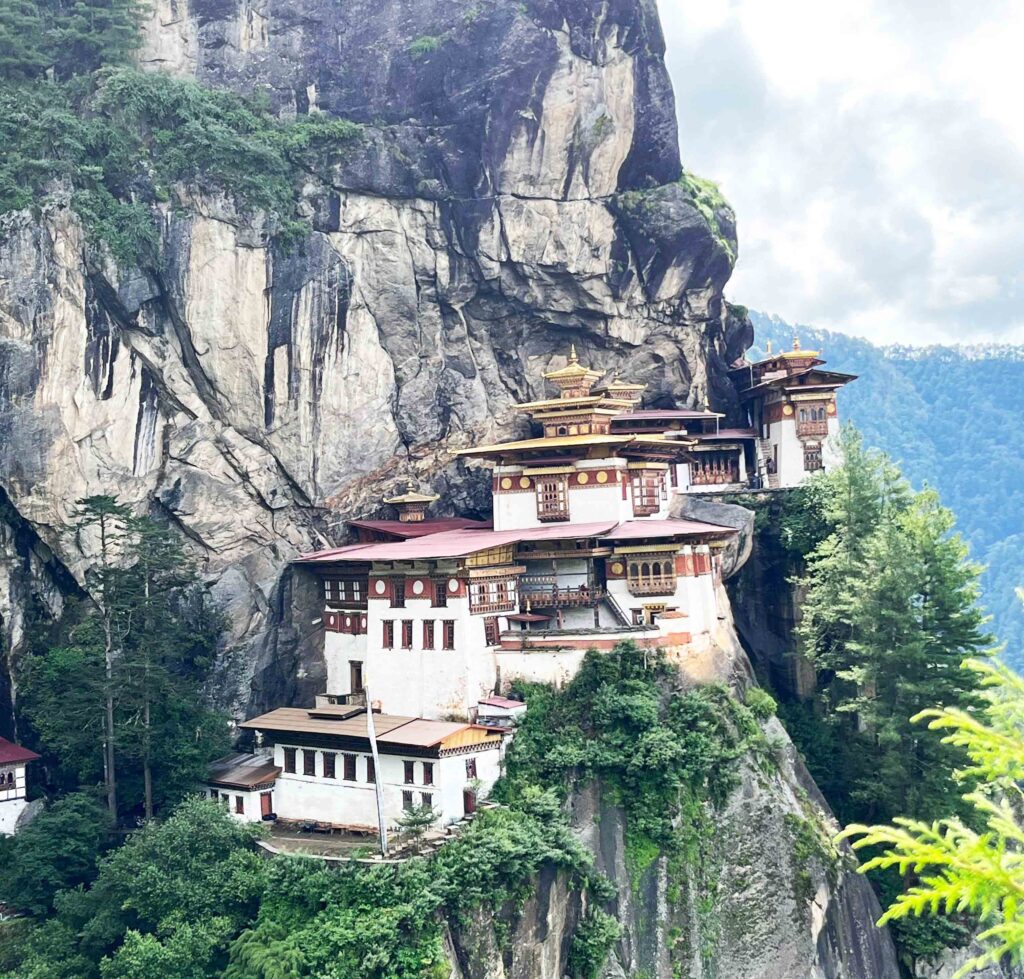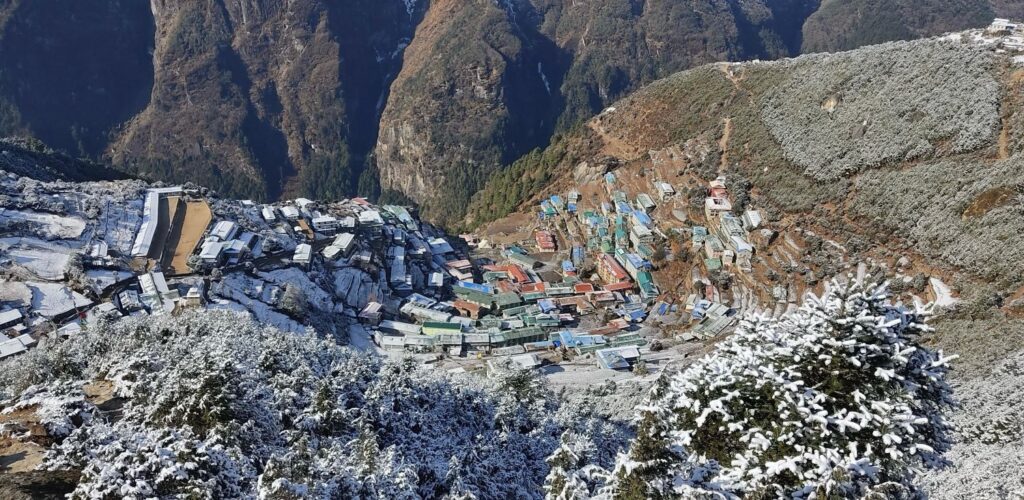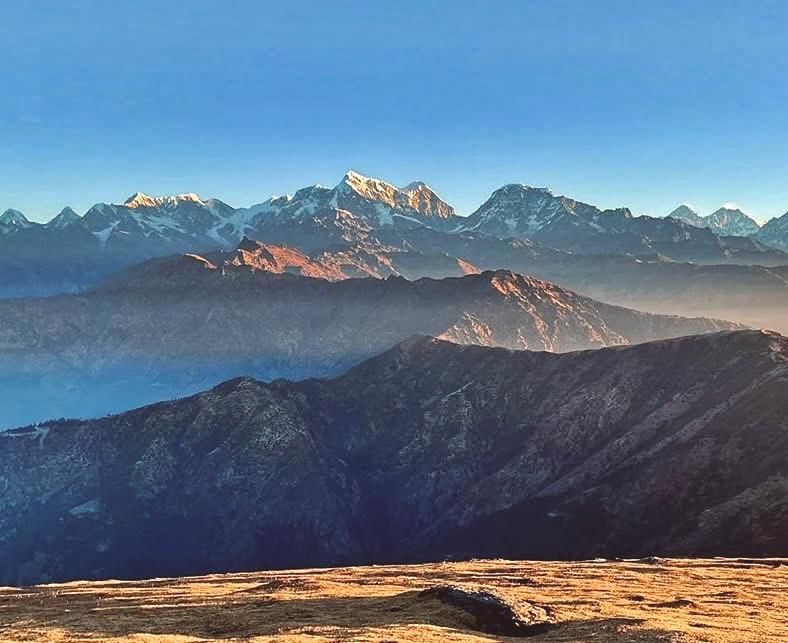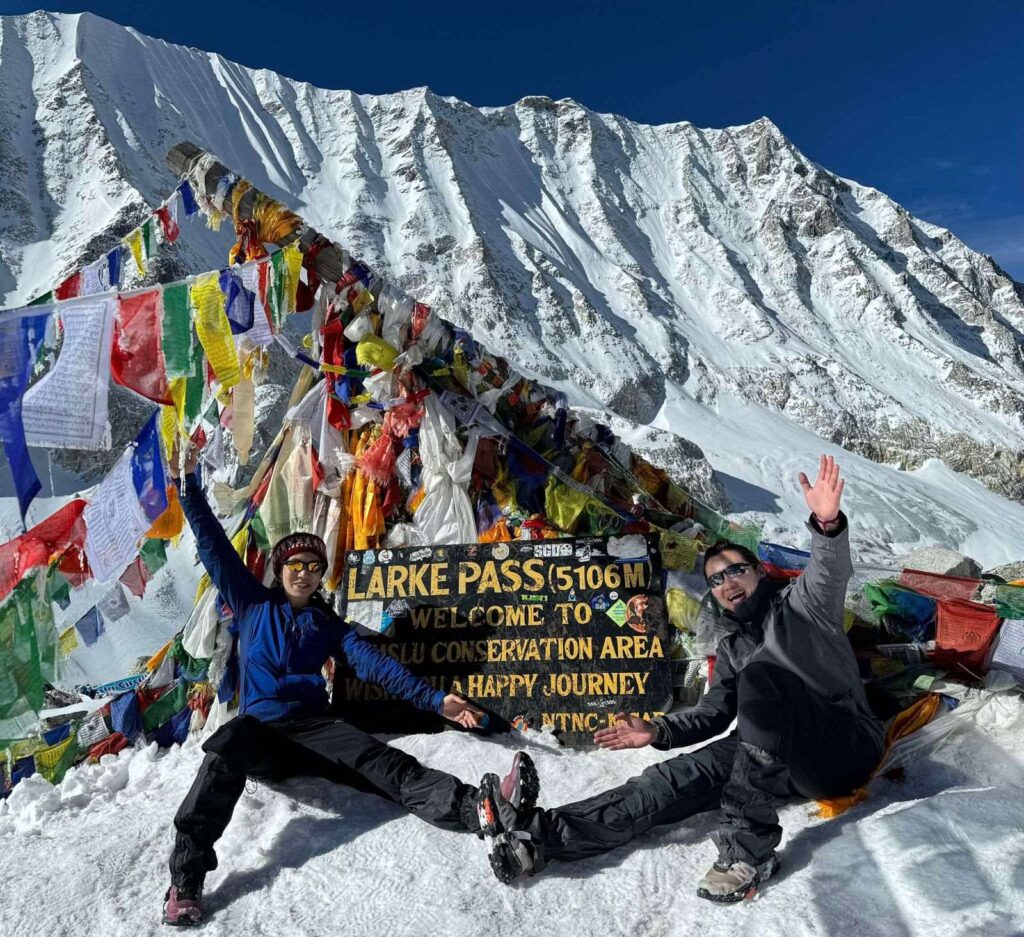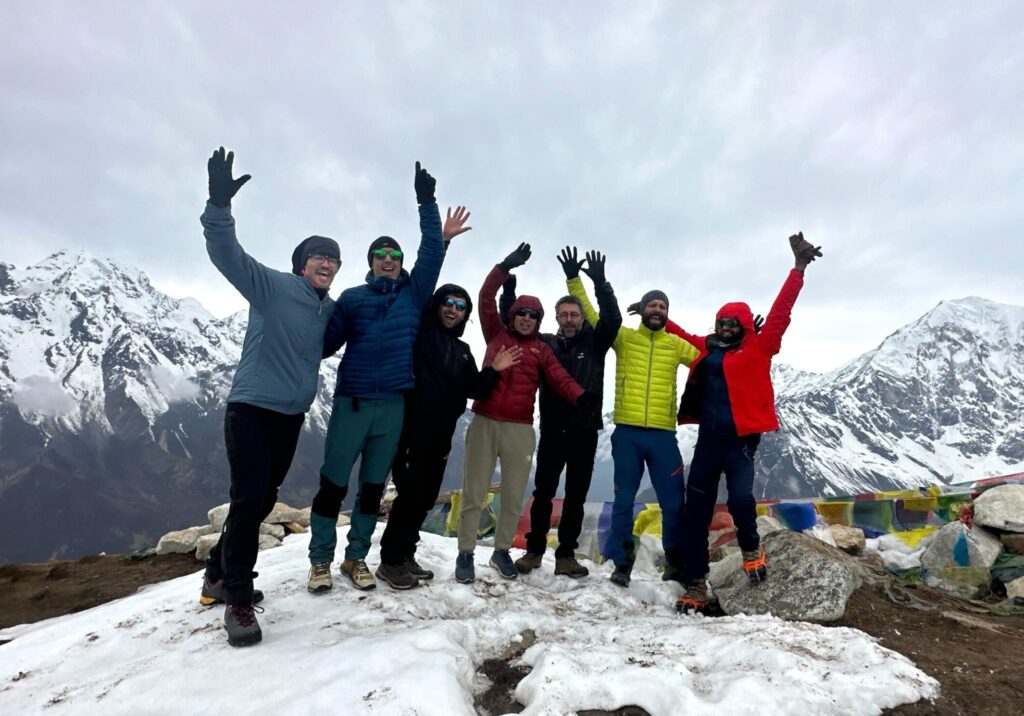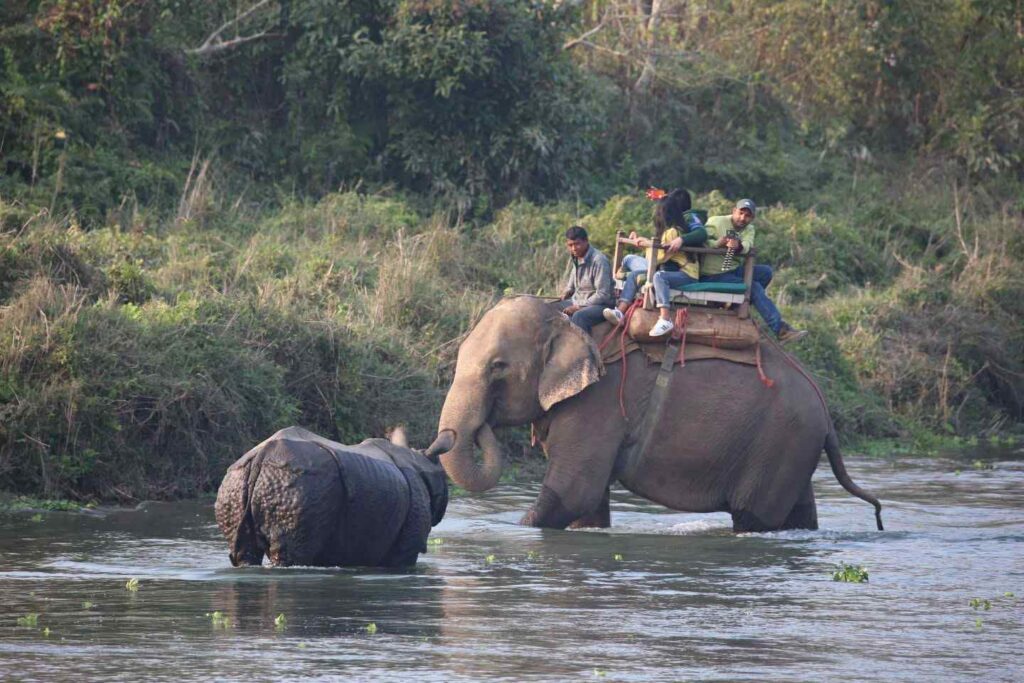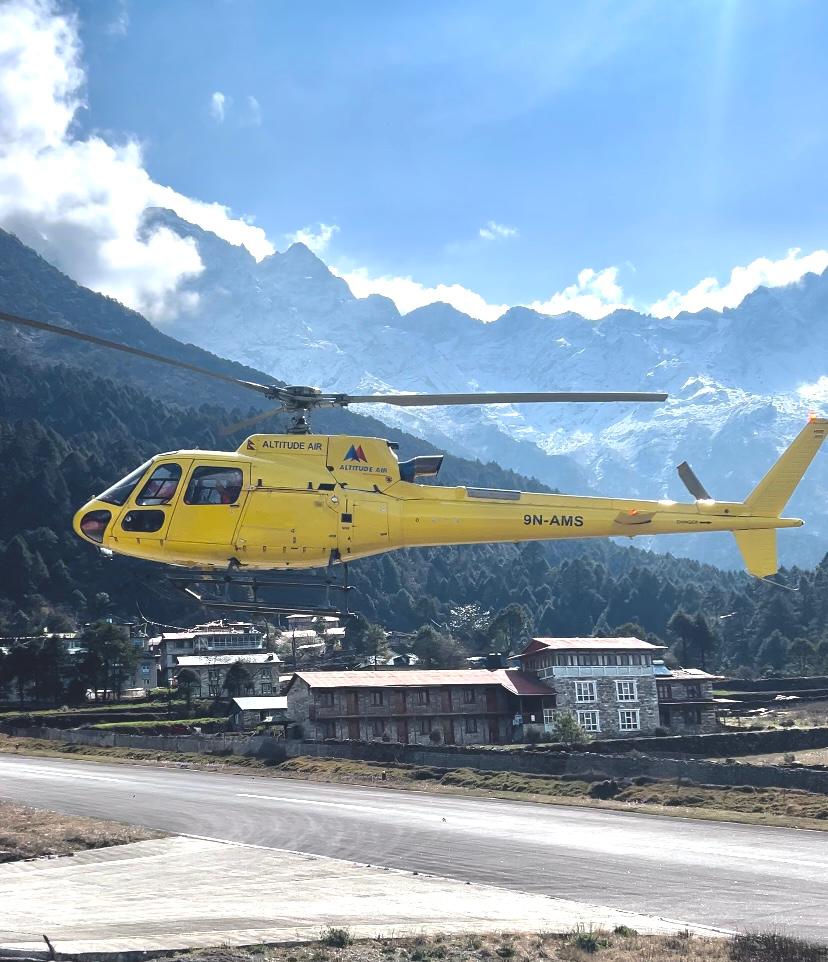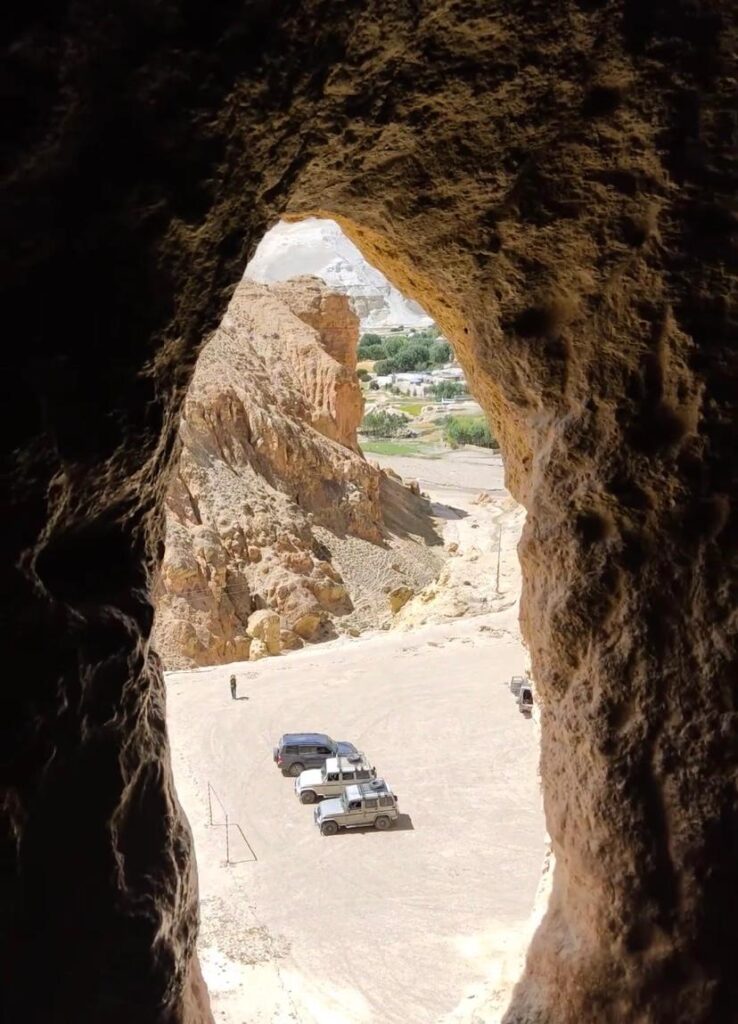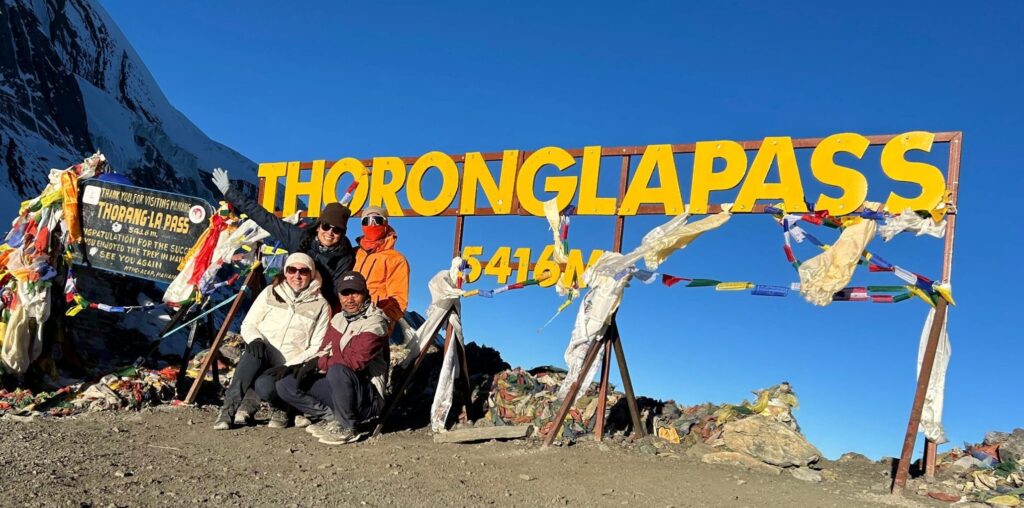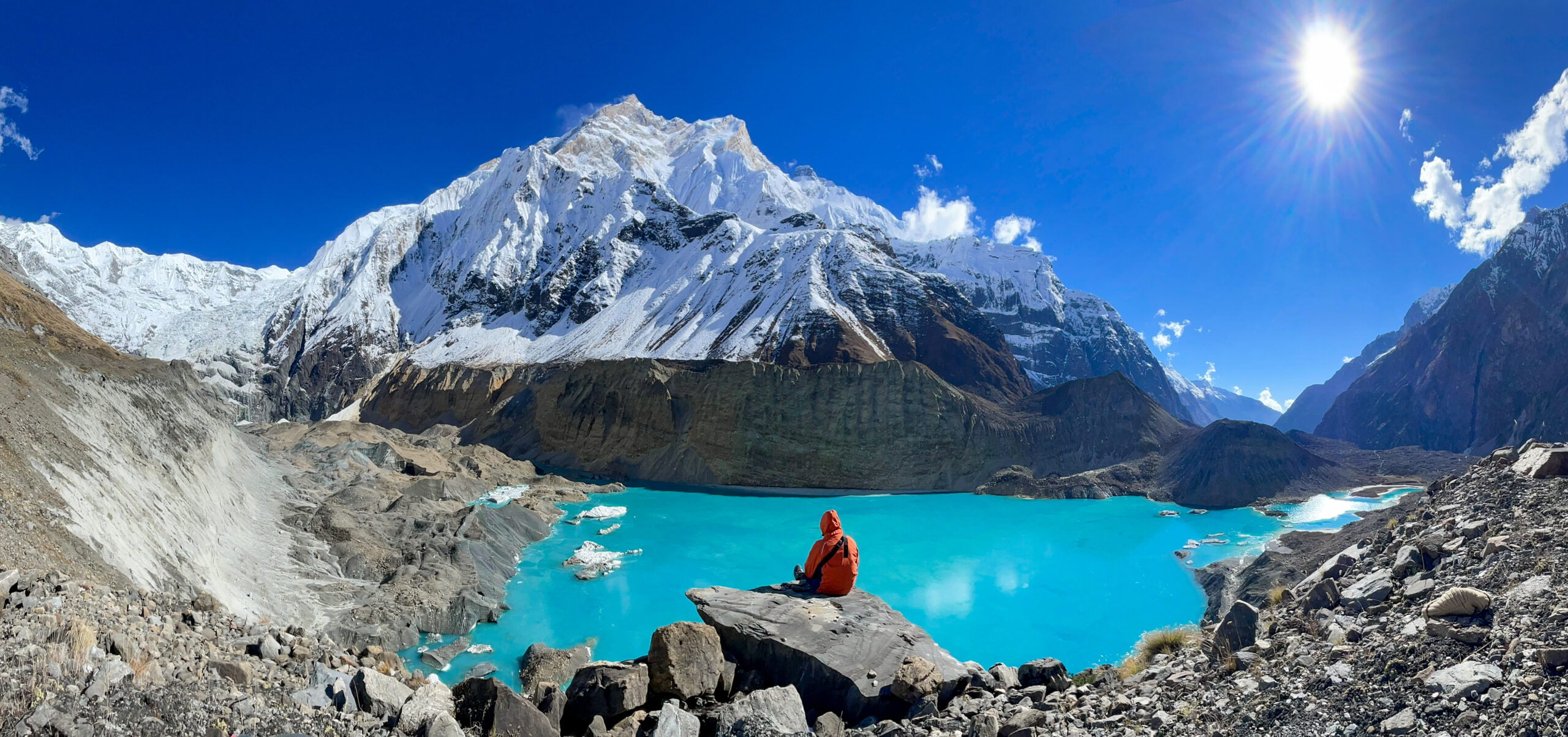
Trek Curator - Curating memories
A youth-driven travel agency. It is the core that beats with passion, energy, and an unquenchable taste for the adventure
Special Offers
Discover special offers for trips with exclusive discounts on flights, hotels, and travel packages. Customise your trips with add-ons and upgrades at reduced prices, taking advantage of last-minute deals and seasonal promotions for significant savings. Enjoy expert support and best price guarantees for a hassle-free travel experience.
Why Choose Us
Safety Comes First, Trusted by Travelers
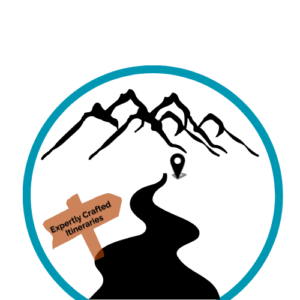
Expertly Crafted Itineraries
At Trek Curator, we design treks that go beyond standard routes, offering immersive experiences tailored to different fitness levels, interests, and seasons. Whether you're trekking with family, solo, or in a group, our itineraries ensure the perfect balance of adventure and comfort.
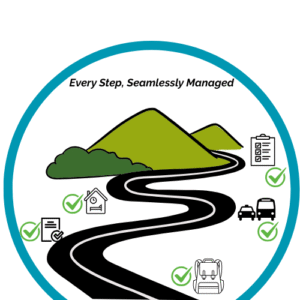
Personalized & Hassle-Free Service
From the moment you inquire to the final day of your trek, we handle every detail—permits, logistics, accommodations—so you can focus entirely on your adventure. With Trek Curator, every journey is smooth, stress-free, and tailored to your needs.
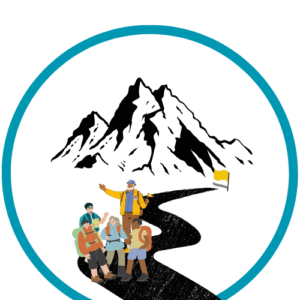
Experienced Local Guides
Our team consists of knowledgeable local guides who bring years of experience, cultural insights, and a deep passion for the mountains. Their expertise enhances your journey, ensuring safety, meaningful interactions, and unforgettable stories along the way.
Top Destinations
Explore our top destination trip featuring iconic landmarks and stunning landscapes with custom itineraries personalised to your interests. Enjoy comfortable, exclusive access and eco-friendly travel, all in one seamless package designed to ensure safe, hassle-free experiences that create unforgettable memories.
What Our Clients Say
My team and I were planning to visit Nepal for the first time. During this time, I came across TN and shared our plans with him. He immediately arranged the itinerary for us. Together, we visited Kathmandu, Pokhara, and Muktinath, and everything was very well organized. I would like to thank TN and the entire Trek Curator team for their excellent arrangements.
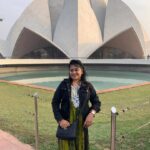
Jega Loges
,
Arranging my trip from Spain, I was immensely lucky to contact TN, whose company is based in Kathmandu. Trek Curator is expert in Trekking and travels throughout Nepal and Tibet.
I have been traveling alone for many years, and I have never encountered a treatment so professional and at the same time so close.
TN is a wonderful and enthusiastic person, always dedicated and looking out for you to feel well, taking care of every detail or need that arises along the way to make your trip that dream come true.
Her great effectiveness and her friendly and infectious smile made me feel accompanied at all times as part of her family and not just as a client.
I recommend 100 percent Trek Curator for any type of trip, whether sporting, cultural, or spiritual, that you want to take in Tibet or Nepal.
Apart from his high professional level, TN will touch your heart.
Thank you so much for that unforgettable month, and I hope to come back!
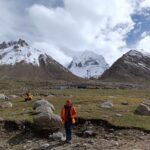
Sonia S
,
One of my life’s greatest desires was to undertake a journey an extraordinary, challenging, and spiritually significant pilgrimage to Kailash Mansarovar. This was no ordinary journey; it was a demanding trek, and I was fortunate enough to complete it through Trek Curator, a company that made this dream a reality.
Since it was a group journey, mutual support from everyone involved was essential, and I truly found that. A special thanks goes to TN Bhatta and his team, who, with tireless dedication, hard work, and heartfelt assistance, made it possible for all of us to complete this sacred journey.
TN, the owner of Trek Curator, led by example. Despite being in a leadership position, he never hesitated to do the work himself, something that left a deep impression on me. Words fall short to express my gratitude.
I sincerely hope to embark on another journey with him and the team again in the future.
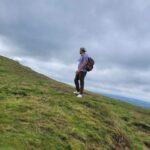
Amit K
,
Recommended Trip
Explore some recommended trips featuring carefully curated trekking routes that blend both popular attractions and hidden gems. Each trip offers authentic local experiences with expert, friendly guides and flexible options tailored to suit your travel style. Specially designed for adventure seekers, cultural explorers, families, and luxury travellers.
Most Popular Trip
Explore the most popular trekking destinations with expert guides who lead you along famous routes. Enjoy thrilling activities and rich cultural experiences, creating unforgettable memories by combining adventure and cultural discovery on every journey.
Latest Blog Posts
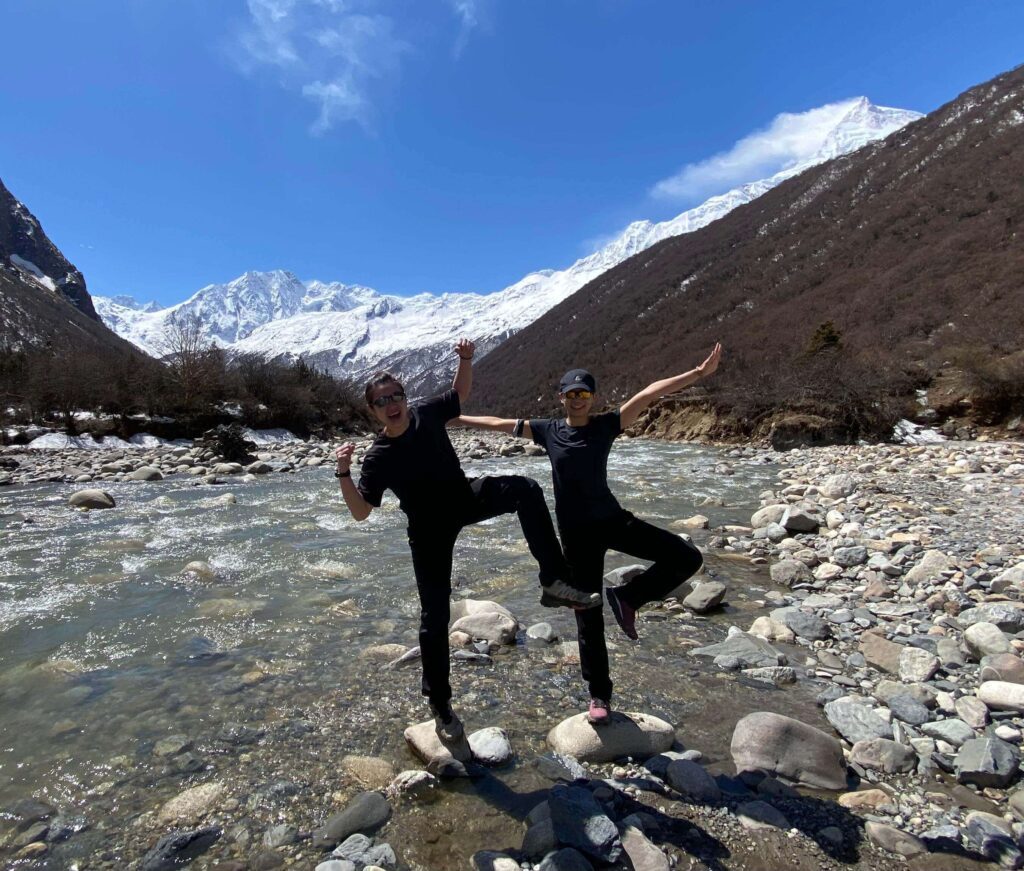
Manaslu Region Trek Guide
July 7, 2025
Introduction to Manaslu Circuit Trek The Manaslu Circuit Trek is a breathtaking and off-the-beaten-path Himalayan journey that circles the imposing…
Read More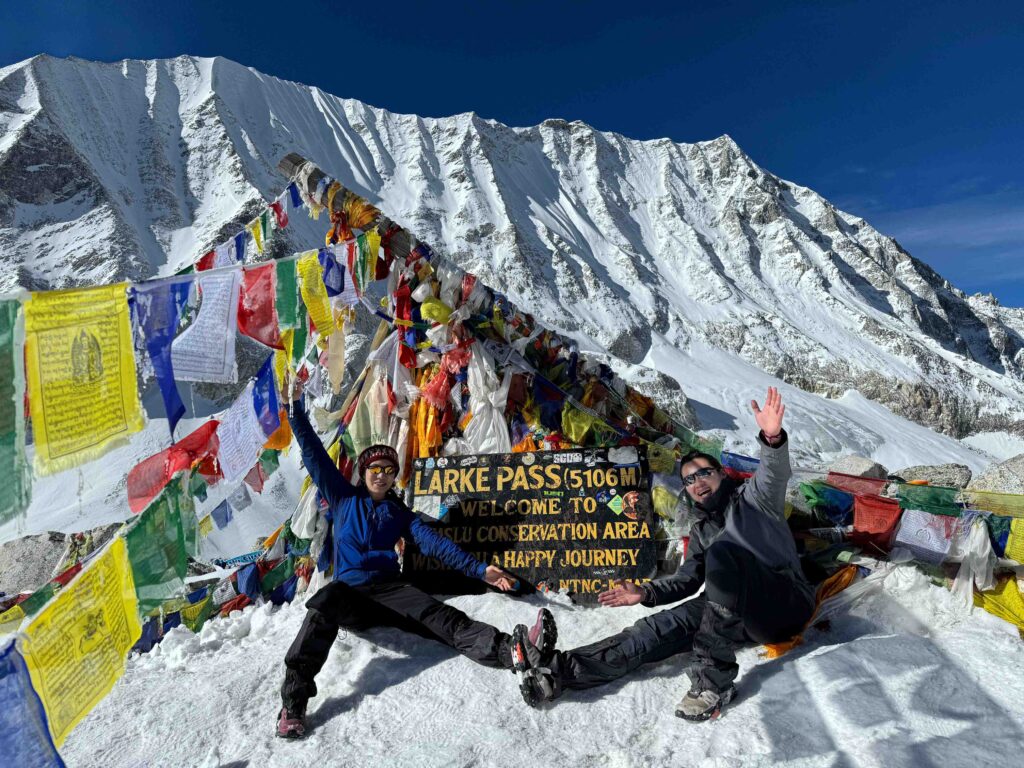
Top 10 Reasons to Choose Manaslu Circuit Trek
June 13, 2025
Manaslu Circuit Trek Manaslu Circuit Trek is one of the most satisfying but least travelled trekking routes of Nepal, with…
Read More
